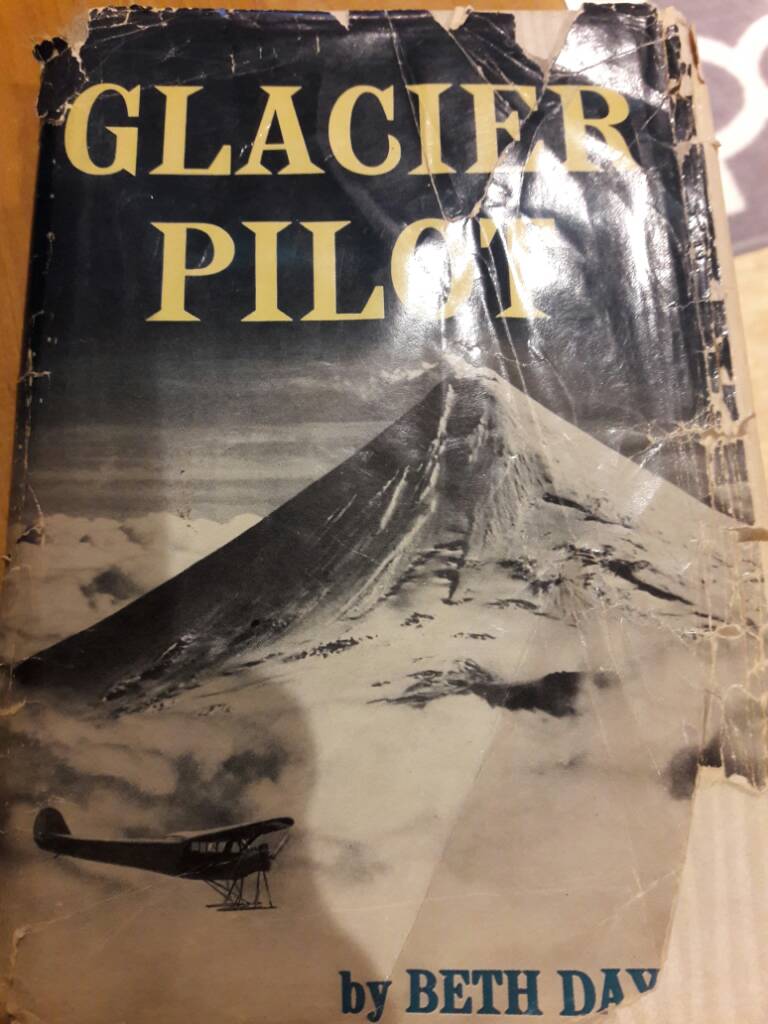Aaronk25
Pre-takeoff checklist
- Joined
- Nov 3, 2013
- Messages
- 154
- Display Name
Display name:
Aaronk25
You need a apu with cell phone activated start. This would be the perfect application for Honda to make a Efi electric start Honda 1000, tied into the fuel system with one of those exhausts kits on eBay the routes the exhaust and cooling air out the back of the aircraft. It could purr away in the baggage compartment.
Will it ever happen? NO!
Get to know the FBo give them some good tips and maybe they would let you leave a Honda 1000 with them and for 10 bucks a time maybe they would toss it in the cart run over and plug in your plane for you.
Sent from my iPhone using Tapatalk
Will it ever happen? NO!
Get to know the FBo give them some good tips and maybe they would let you leave a Honda 1000 with them and for 10 bucks a time maybe they would toss it in the cart run over and plug in your plane for you.
Sent from my iPhone using Tapatalk




